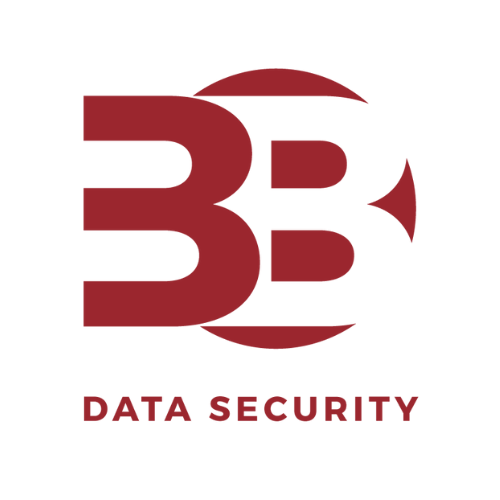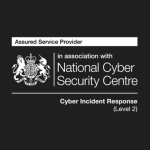Implementing general security practices can significantly enhance your organisation’s resilience against cyber threats.
We take a look at some key practices, along with their impact on security.
Password Hygiene
- Utilising strong, unique passwords for each account can greatly reduce the risk of unauthorised access.
- Using a password manager to generate and store complex passwords adds an extra layer of security, making it easier for your team to manage multiple accounts securely.
- Regularly checking if passwords have been compromised in data breaches using tools like HaveIBeenPwned (HIBP) helps identify vulnerable accounts.
- Promptly changing compromised passwords and enabling two-factor authentication adds an extra layer of security, reducing the risk of account takeover through credential stuffing – which leads to the next point.
Multi-Factor Authentication (MFA)
- Enabling MFA reduces the likelihood of unauthorised access, even if passwords are compromised.
- Adding a second form of authentication, such as a text message code or biometric verification, significantly increases the difficulty for attackers to gain access to accounts.
Regular Software Updates
- Keeping software and systems up-to-date patches known vulnerabilities, reducing the risk of exploitation.
- Automating software updates ensures that patches are applied promptly, minimising the window of opportunity for attackers to exploit known vulnerabilities.
Employee Training and Awareness
- Educating employees about common cyber threats and best practices empowers them to recognise and respond to potential security risks.
- More specifically, teaching employees about the dangers of phishing attacks and how to identify suspicious emails can prevent successful phishing attempts. According to the 2023 Data Breach Investigations Report by Verizon, phishing is in the top three main ways threat actors gain access into an organisation.
- Implementing email filtering solutions and conducting simulated phishing exercises can help identify vulnerabilities and reinforce phishing awareness among employees.
- Conducting regular security awareness training sessions reinforces good security habits and helps create a security-conscious culture within the organisation.
Ransomware Protection
- Regularly backing up critical data and storing backups offline can mitigate the impact of ransomware attacks.
- Implementing endpoint protection solutions, such as antivirus software and intrusion detection systems, helps detect and prevent ransomware infections before they can cause significant damage.
Firewall Deployment
- Installing firewalls at the network perimeter acts as a crucial barrier, regulating inbound and outbound traffic based on predefined security protocols.
- Enabling firewall logging and monitoring facilitates real-time visibility into network activity, enabling prompt response to potential security incidents.
Data Encryption
- Encrypt sensitive data both in transit and at rest to protect it from unauthorised access.
- Implement robust encryption protocols such as AES (Advanced Encryption Standard) for securing data.
Network Segmentation
- Segmenting the network into smaller, isolated subnetworks limits the scope of a security breach and reduces the impact of lateral movement by attackers.
- Implementing VLANs (Virtual Local Area Networks) and access controls helps enforce network segmentation.
Incident Response Plan
- Develop a comprehensive incident response plan outlining the steps to be taken in the event of a security incident or breach.
- Define roles and responsibilities for incident response team members and establish communication protocols for reporting and escalating incidents.
User Access Control
- Implement least privilege access principles to restrict user access to only the resources and privileges necessary to perform their job duties.
- Regularly review user access rights and revoke unnecessary permissions to minimise the risk of insider threats and unauthorised access.
Mobile Device Management (MDM)
- Implement MDM solutions to manage and secure mobile devices used by employees, including smartphones, tablets, and laptops.
- Enforce device encryption, remote wipe capabilities, and application whitelisting to mitigate the risk of data breaches and unauthorised access.
Employee Offboarding Procedures
- Develop procedures for securely offboarding employees, including revoking access to systems and accounts, collecting company-owned devices, and conducting exit interviews to address any security concerns.
By adopting both general security practices and targeted mitigation strategies, organisations can bolster their defences against a wide range of cyber threats, safeguarding sensitive data and maintaining business continuity.
Get in touch with out team today for help in implementing defence, detection, and remediation solutions.







